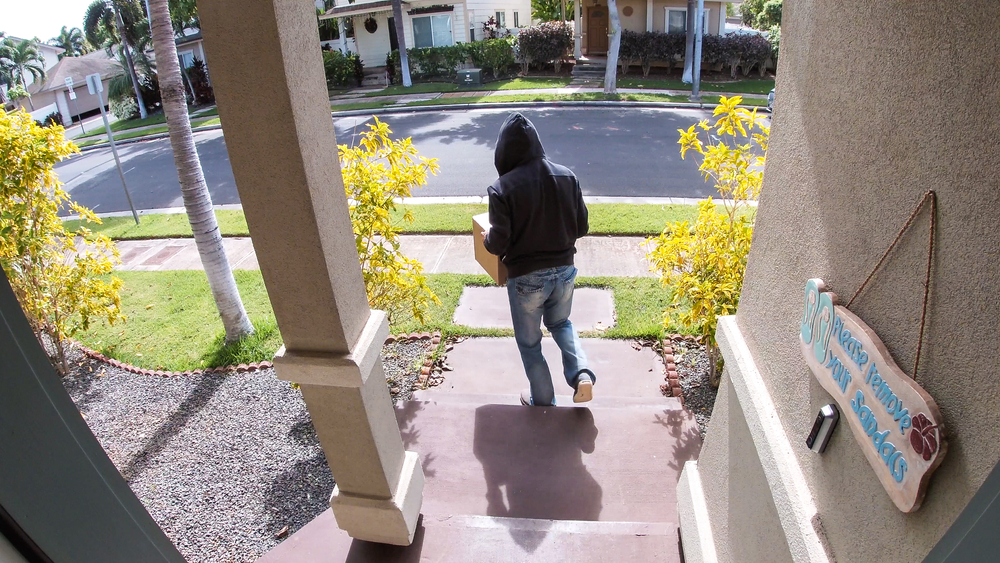Parcel theft has surged in the US, and delivery company UPS is using artificial intelligence to fight this growing trend.
Each year hundreds of millions of parcels are stolen from outside the door of the intended recipients. With Amazon and other retailers sending billions of parcels each year, it’s impractical to have recipients sign for delivery every time so most are left on the porch.
UPS is using AI and machine learning to process huge amounts of delivery address data to better understand which addresses are more prone to porch piracy than others.
By analyzing historic data with machine learning algorithms UPS is able to assign a value to the risk of leaving a parcel at the door of a delivery address. The Delivery Confidence Score ranges from 0 to 1000, with 1000 being perfectly safe, and zero almost guaranteeing that the parcel will be stolen.
The API integrates with a retailer’s checkout process and can recommend a pickup point or in-store collection if the address is considered high-risk.
UPS ran an initial trial of its API with Costco and now offers access to the DeliveryDefense API starting at $3,000 per month. That sounds like a lot until you do the math on the value of parcels that retailers have to replace.
A Security.org study found that the average value of parcels stolen in 2022 was around $50. Multiply that by the 260 million parcels that were stolen from American porches in 2022 and the price tag seems like a great deal.
UPS plans to offer a $99/month option to smaller retailers next month.
What makes an address risky?
Any time you let AI loose on a bunch of data there’s a risk of inherent bias being highlighted. UPS didn’t give much detail on how the AI assigned the risk score but they did say it wasn’t done based on a specific area.
UPS says that the dataset consists of a sample of billions of data points from 2 years of domestic UPS data and that data fairness was built into the model.
A UPS spokeswoman said that the scoring was focused “exclusively on delivery characteristics.” An example given was of two adjacent apartment blocks with one having a secure mailroom with a lockbox and chain of custody, while the other didn’t.
Crime does differ by area but in this case, the AI app is more granular at highlighting a specific house as being at risk of being targeted by thieves.
If delivery companies are using AI like this, then private and state security organizations certainly are too.
It’s great that AI is keeping us safer and helping us avoid the inconvenience of having our parcels stolen, but at what cost? The bias in the data, the way it’s collected and used, and the surveillance aspects, are issues we’ll need to come to grips with.





